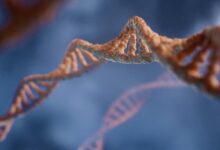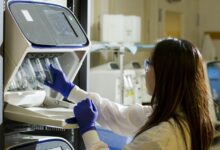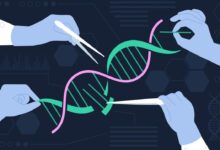Biotech’s Game-Changing Discoveries in Industries
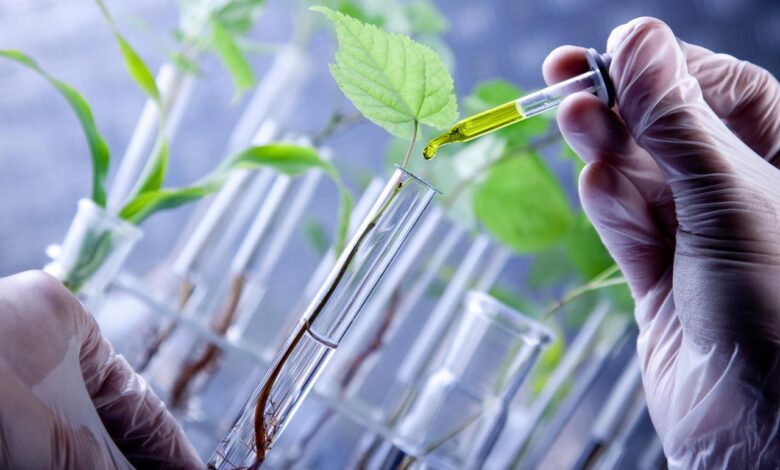
The field of biotechnology is in the midst of a transformative golden age, driven by a series of game-changing discoveries that are revolutionizing medicine, agriculture, and industry. For decades, biotech was a niche area of science, but a confluence of technological advancements—from our ability to read and edit the genetic code to the power of artificial intelligence—has unlocked a new level of potential. These breakthroughs are not just incremental improvements; they are fundamentally reshaping our ability to understand, manipulate, and improve living systems. This article will delve into the most significant discoveries in modern biotechnology, their profound applications, the ethical and societal challenges they present, and the promising future that lies ahead as science and technology continue to converge.
The Genetic Engineering
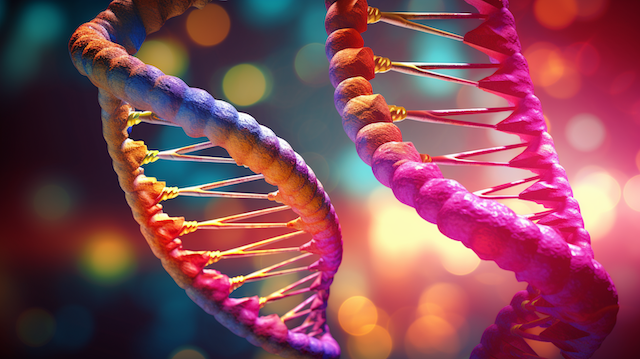
At the core of the biotech revolution is our newfound ability to precisely control the genetic code, the very blueprint of life. While early genetic engineering was a slow and imprecise process, the development of new tools has made it faster, cheaper, and more accurate than ever before.
A. CRISPR-Cas9
The discovery of the CRISPR-Cas9 system in 2012 marked a true turning point. CRISPR, an acronym for “Clustered Regularly Interspaced Short Palindromic Repeats,” is a natural defense mechanism used by bacteria to fight off viruses. Scientists have repurposed this system into a powerful and precise gene-editing tool.
- How It Works: CRISPR uses a “guide RNA” molecule to find a specific target sequence in a DNA strand. A protein, typically Cas9, then acts like a pair of molecular scissors, cutting the DNA at that precise location. The cell’s natural repair mechanisms then fix the break, either by deactivating a gene or by inserting a new, desired gene sequence.
- Unprecedented Precision: Unlike previous gene-editing tools, CRISPR-Cas9 is incredibly precise, allowing scientists to target a single gene with remarkable accuracy. This has unlocked a new level of potential for treating genetic diseases and engineering new traits in plants and animals.
- Applications in Medicine: CRISPR is being investigated as a potential cure for a wide range of genetic disorders, including cystic fibrosis, sickle cell anemia, and Huntington’s disease. It is also being used to create new forms of immunotherapy to fight cancer by modifying a patient’s own immune cells to better attack tumors.
B. The Power of Synthetic Biology
Synthetic biology takes genetic engineering a step further. Instead of just editing existing genes, it involves designing and building new biological parts, devices, and systems that don’t exist in the natural world.
- Engineering Microbes: Scientists are engineering bacteria and yeast to act as tiny biological factories. These modified microbes can produce everything from sustainable biofuels to new pharmaceuticals, like insulin and growth hormones, at a fraction of the cost of traditional methods.
- Creating New Materials: Synthetic biology is being used to create novel materials with unique properties, such as a self-healing concrete or a biodegradable plastic made from engineered organisms.
Applications in Medicine
The most immediate and impactful applications of these discoveries are found in the healthcare sector, where biotech is fundamentally changing how we diagnose, treat, and prevent disease.
A. Personalized Medicine and Diagnostics
The ability to analyze an individual’s unique genetic makeup has paved the way for personalized medicine, an approach to healthcare that tailors treatment to each patient’s specific genetic profile.
- Pharmacogenomics: This field studies how an individual’s genes affect their response to drugs. By understanding a patient’s genetic makeup, doctors can prescribe the most effective medication at the right dosage, reducing the risk of adverse reactions and improving treatment outcomes.
- Genetic Screening: Advanced diagnostic tools can now screen for hundreds of genetic diseases from a single blood sample, enabling early detection and intervention for life-threatening conditions.
- Liquid Biopsies: This non-invasive diagnostic technique can detect cancer by analyzing tiny fragments of tumor DNA circulating in the blood. This allows for earlier diagnosis and a more precise understanding of the tumor’s genetic mutations, leading to more effective, targeted therapies.
B. The Revolution in Therapeutics
Biotechnology is not only improving existing treatments but also creating entirely new classes of drugs.
- Gene Therapy: This involves introducing a new gene into a patient’s cells to correct a genetic defect. For diseases like spinal muscular atrophy, a single, one-time gene therapy treatment can be life-changing, restoring motor function and extending life.
- RNA-Based Vaccines: The development of mRNA vaccines, as seen with the COVID-19 pandemic, demonstrated the incredible speed and power of this technology. Unlike traditional vaccines, which use a weakened virus, mRNA vaccines use a piece of genetic code to teach the body to produce a protein that triggers an immune response. This approach is highly adaptable and can be quickly modified to combat new variants or diseases.
- Monoclonal Antibodies: These are laboratory-produced molecules that mimic the immune system’s ability to fight off harmful pathogens. They are now a cornerstone of cancer treatment and are used to treat a wide range of autoimmune diseases.
Applications in Agriculture and Environment
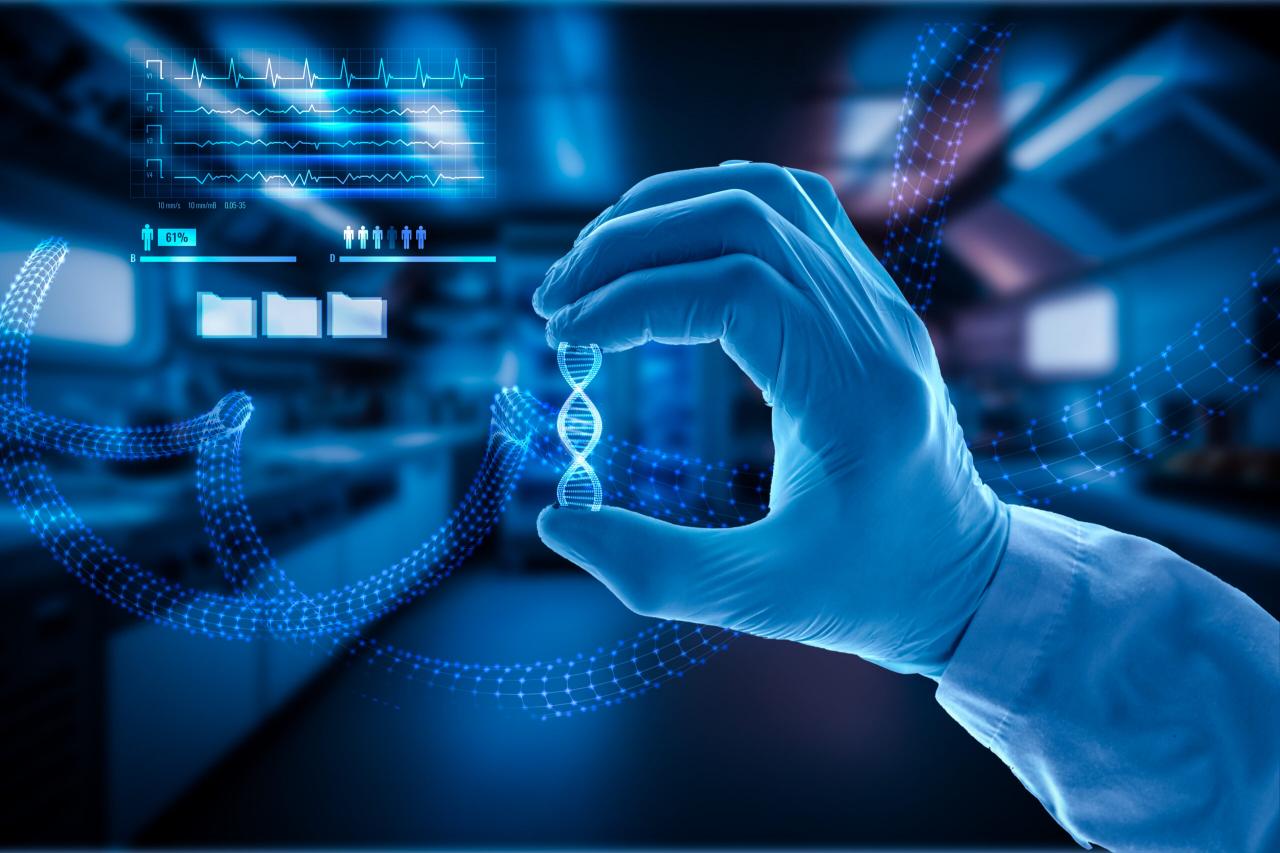
Beyond medicine, biotech’s game-changing discoveries are being applied to create a more sustainable and productive world.
A. Enhancing Agriculture
Biotechnology is helping to address the global challenges of food security, climate change, and resource scarcity.
- Genetically Modified Crops: Scientists are using genetic engineering to develop crops that are more resilient to drought, pests, and disease. This not only increases crop yields but also reduces the need for harmful pesticides and herbicides.
- Nutrient-Rich Foods: Biotech is being used to create “biofortified” crops, such as “Golden Rice,” which is engineered to produce beta-carotene, a precursor to Vitamin A. This can help combat vitamin deficiencies in developing countries.
- Sustainable Farming: Researchers are engineering microbes to act as natural fertilizers or to help plants absorb more nitrogen from the air, reducing the need for industrial fertilizers that can cause environmental damage.
B. Environmental Restoration
Biotechnology offers new tools for cleaning up pollution and protecting ecosystems.
- Bio-remediation: Engineered microbes are being developed to clean up oil spills, degrade plastic waste, and remove heavy metals from contaminated soil and water.
- Carbon Capture: Researchers are exploring ways to use engineered algae and bacteria to capture carbon dioxide from the atmosphere, turning a greenhouse gas into a useful resource.
Ethical and Societal Challenges
The incredible power of these discoveries comes with a profound responsibility to address the ethical and societal questions they raise.
A. The “Designer Baby” Debate
The potential for using gene editing to create “designer babies” raises serious ethical concerns. While the technology could be used to eliminate genetic diseases, where do we draw the line? Should it be used to enhance traits like intelligence or athletic ability? This debate underscores the need for clear ethical guidelines and international consensus on the use of these technologies in the human germline.
B. Equity and Access
As these life-changing therapies become available, who will have access to them? The high cost of gene therapies and personalized medicine could create a new kind of health divide, where only the wealthy can afford the most advanced treatments. It is critical to ensure that these breakthroughs benefit all of humanity, not just a privileged few.
C. The Future of Food
The debate over genetically modified organisms (GMOs) in agriculture is ongoing. While the scientific community largely agrees that approved GMOs are safe, public trust remains a significant hurdle. There is a need for greater transparency and education to ensure that the public is well-informed about the benefits and risks of biotech in the food supply.
Convergence and Collaboration
The future of biotechnology lies in its convergence with other fields, particularly artificial intelligence and quantum computing.
- AI for Drug Discovery: AI is already revolutionizing drug discovery by analyzing vast datasets of genetic information and chemical compounds to identify promising drug candidates. This can dramatically reduce the time and cost of developing new medicines.
- Quantum Computing for Molecular Modeling: The immense power of quantum computing could allow for the simulation of complex molecules and biological systems at a level of detail that is currently impossible, accelerating the pace of scientific discovery.
- Interdisciplinary Collaboration: The most significant breakthroughs will likely come from the intersection of biology, computer science, engineering, and medicine. This requires a new model of collaboration that breaks down traditional silos.
The pace of discovery is accelerating exponentially. As we continue to unravel the secrets of life at a molecular level, the potential for new, game-changing discoveries is limitless.
Conclusion
The biotech industry is experiencing a seismic shift, driven by a series of game-changing discoveries that are fundamentally altering our relationship with biology. The precision of CRISPR-Cas9 has made gene editing a reality, opening up a world of possibilities for curing genetic diseases and engineering life with unprecedented control. This revolutionary tool, alongside the power of synthetic biology to design and create new biological systems, is ushering in an era of biological engineering that was once confined to the pages of science fiction. These technological marvels are not just a boon for research; they are already transforming real-world applications in medicine. Personalized medicine, tailored to an individual’s unique genetic profile, promises a future where drug treatments are more effective and safer. Gene therapies are moving from experimental trials to life-saving treatments, offering new hope for those with previously incurable genetic disorders. The speed and adaptability of mRNA technology have already demonstrated their world-changing potential in the face of a global pandemic, and liquid biopsies are providing a new, non-invasive way to detect and monitor diseases like cancer.
Beyond the realm of human health, these biotechnological discoveries are being leveraged to tackle some of the world’s most pressing challenges. In agriculture, we are engineering crops that are more resilient and nutritious, a critical step towards ensuring global food security in the face of a changing climate. In environmental science, engineered microbes offer a new line of defense against pollution, with the potential to clean up oil spills and degrade plastic waste. However, with this immense power comes an equally immense responsibility. The ethical dilemmas surrounding gene editing, from the “designer baby” debate to the potential for widening health disparities, are issues that demand careful consideration and international dialogue. We must ensure that these groundbreaking technologies are developed and deployed in a manner that is equitable and benefits all of humanity, not just a privileged few. Looking ahead, the true potential of biotechnology will be unlocked through its convergence with other cutting-edge fields. The synergy between biology and artificial intelligence will accelerate drug discovery at an unprecedented pace, while the power of quantum computing promises to unlock a deeper understanding of molecular systems. The future of biotechnology is a collaborative one, where the boundaries between disciplines are erased to create a more prosperous, healthier, and sustainable world. This is not just a technological revolution; it is a profound journey of discovery that is reshaping our understanding of life itself.

